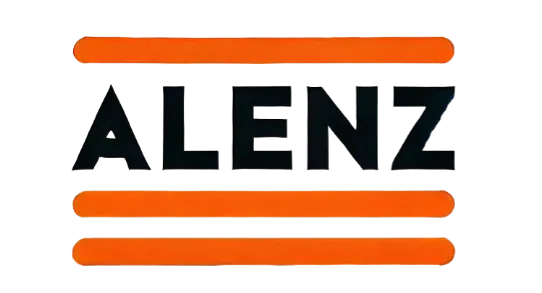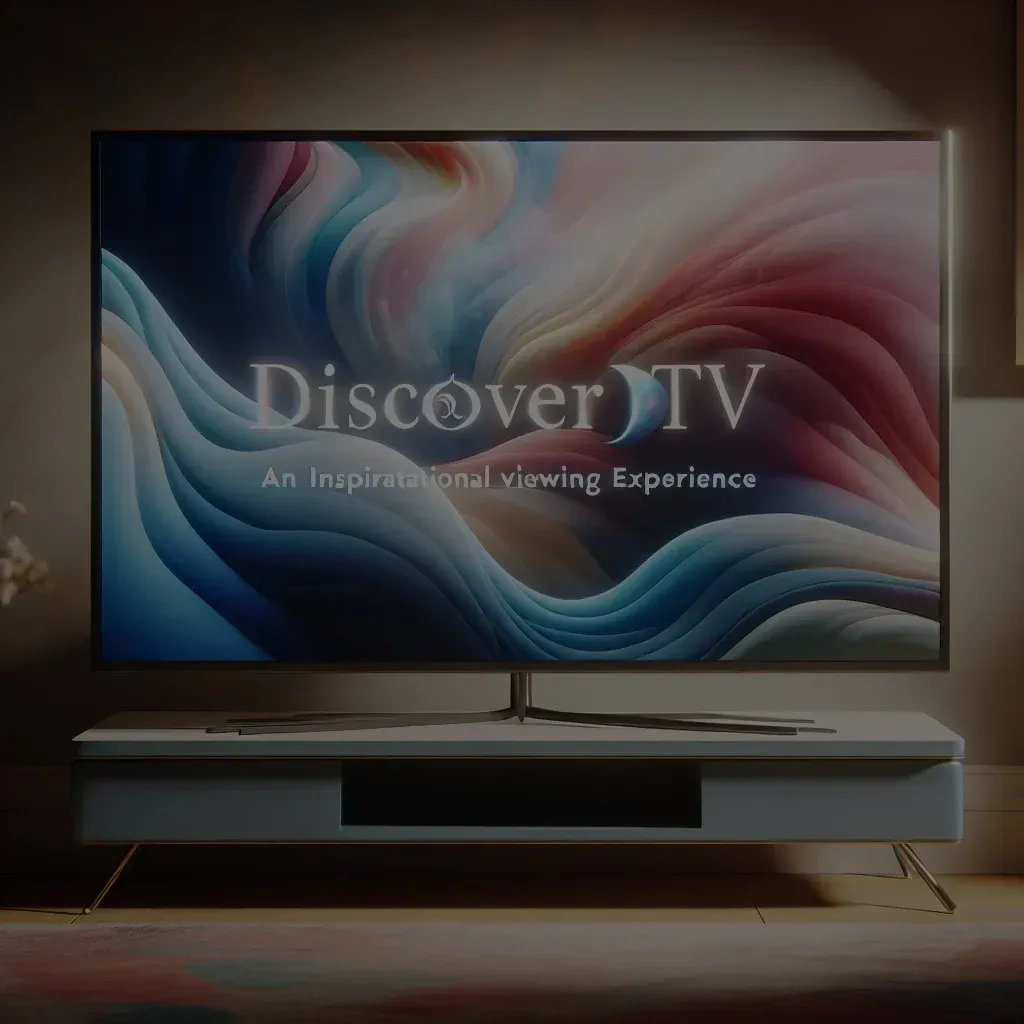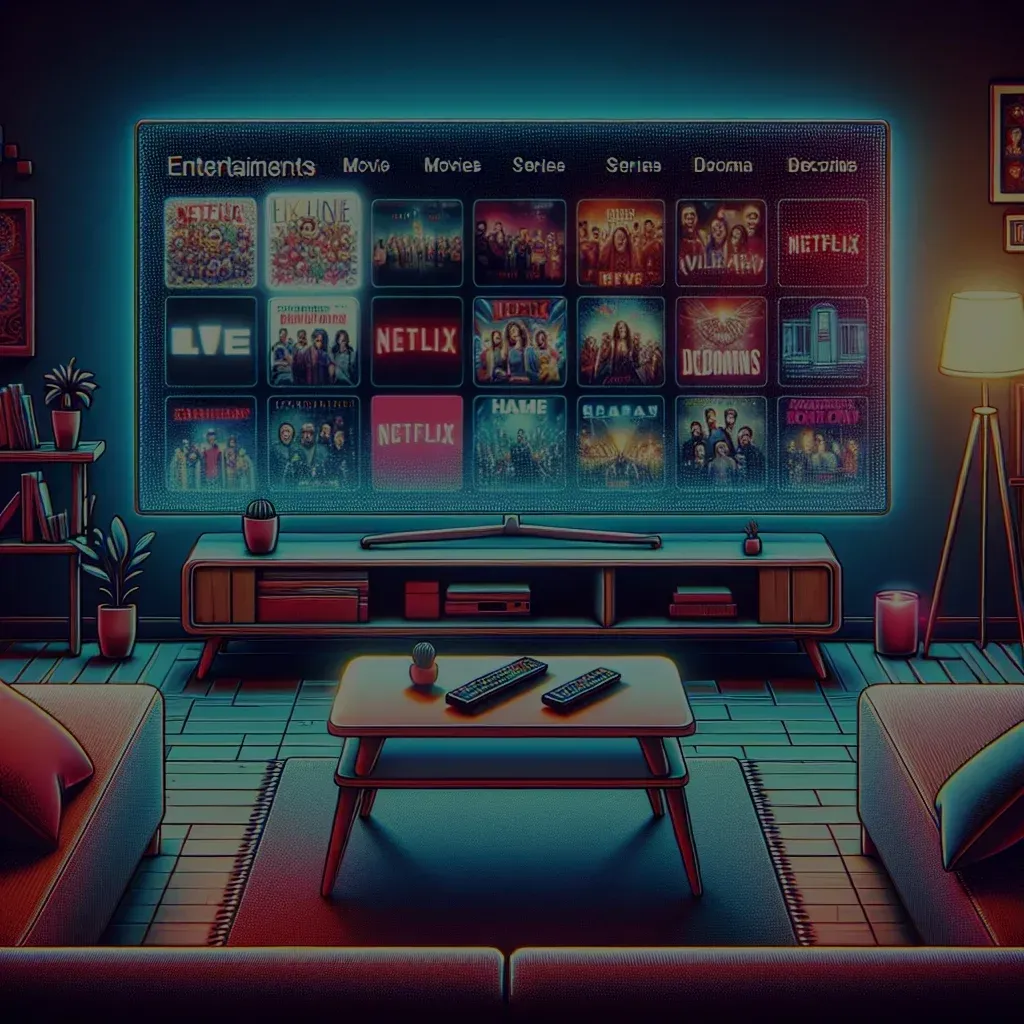The world of language is a dynamic and ever-evolving landscape, where old words often resurface with new meanings and contexts. One such term making a surprising return is "Daddio." Once a staple of mid-20th-century slang, "Daddio" is experiencing a modern revival, capturing the curiosity of linguists and cultural enthusiasts alike. This article explores how this vintage term is finding new life in today’s vernacular, tracing its origins, examining the influence of social media, and considering expert opinions on its contemporary usage.
Daddio Makes a Comeback in Modern Vernacular
The resurgence of the term "Daddio" in modern vernacular is a phenomenon that has taken many by surprise. Initially popularized in the 1950s, "Daddio" was often used as a term of endearment or coolness, closely associated with the jazz scene and Beatnik culture. Now, decades later, this term is reappearing in everyday conversations, aided by its quirky and nostalgic charm. Its appeal seems to lie in its playful tone and the fond memories it evokes of a bygone era characterized by carefree rebellion and artistic expression.
Today’s usage of "Daddio" spans various contexts, from informal greetings to expressions of admiration. It has become a versatile term that young people, in particular, have embraced, using it to convey a sense of retro cool. The term’s comeback can also be attributed to the cyclical nature of fashion and language, where past trends are often revived and reimagined to fit contemporary sensibilities. As a result, "Daddio" is not only a nod to the past but also a fresh addition to the lexicon of modern slang.
This revival is not confined to any specific geographic location, as "Daddio" has found its way into global conversations, indicating its broad appeal. Its reemergence is a testament to the enduring power of language to adapt and reinvent itself, drawing from historical roots while resonating with new generations. As "Daddio" continues to gain traction, it poses intriguing questions about how and why certain words regain popularity in the ever-shifting landscape of language.
Tracing the Origins: From Jazz to Pop Culture
The origins of "Daddio" can be traced back to the vibrant jazz scene of the 1940s and 1950s, where it was commonly used to address fellow musicians or patrons of the music scene. It was a term imbued with respect, camaraderie, and an element of counterculture coolness. Jazz musicians and enthusiasts, known for their innovative spirit and laid-back demeanor, adopted "Daddio" as part of their unique lexicon, contributing to its spread beyond music circles.
With the advent of the Beat Generation, "Daddio" transitioned into wider pop culture, becoming synonymous with the era’s rebellious ethos. Writers, artists, and young people who identified with the Beatnik movement embraced the term, often using it to denote a sense of nonconformity and artistic freedom. During this period, "Daddio" cemented its place in the cultural zeitgeist, appearing in literature, films, and music, further ingraining itself into the fabric of American slang.
However, as new cultural waves emerged in the 1960s and beyond, "Daddio" gradually faded from mainstream vocabulary. Its decline mirrored the shifting tastes and attitudes of subsequent generations, who sought new expressions and symbols to define their own identities. Despite this, the term never disappeared entirely, lingering in the archives of cultural history, waiting for the right moment to reemerge and capture the imagination of a new audience.
Social Media’s Role in Reviving Vintage Slang
The digital age has played a pivotal role in reviving vintage slang like "Daddio," thanks primarily to the reach and influence of social media platforms. On sites such as Twitter, Instagram, and TikTok, users frequently experiment with language, often bringing back old terms and phrases for comedic or nostalgic effect. Through hashtags and viral content, "Daddio" has resurfaced, gaining visibility and popularity among younger generations curious about the past.
Memes and viral challenges have further amplified the reach of "Daddio," allowing it to penetrate mainstream consciousness rapidly. Social media influencers, known for setting trends and shaping cultural conversations, have also contributed to the resurgence of such retro terms by incorporating them into their content. This digital dissemination has enabled "Daddio" to transcend its original cultural confines, becoming a global phenomenon embraced by diverse audiences.
Moreover, the interconnectedness of online communities facilitates the exchange and adoption of linguistic trends across different cultures and languages, leading to a broader acceptance and usage of terms like "Daddio." In this sense, social media acts as a linguistic melting pot, where the old meets the new, and where words like "Daddio" find a renewed sense of relevance and belonging in contemporary dialogue.
Linguists Weigh In on Daddio’s Modern Usage
Linguists have taken a keen interest in the modern revival of "Daddio," viewing it as an intriguing case study in the cyclical nature of language. Many experts suggest that the term’s resurgence is indicative of a broader trend where language serves as a bridge between generations, connecting contemporary youth with the cultural expressions of the past. This phenomenon is seen as part of the natural evolution of slang, where old terms are revived with new meanings and contexts.
Some linguists propose that the reemergence of "Daddio" reflects a desire for connection to a perceived simpler and more authentic past, particularly in today’s fast-paced digital world. By adopting vintage slang, users can evoke a sense of nostalgia and authenticity, creating a cultural continuity that bridges temporal divides. This sentiment is echoed in the popularity of other retro trends, from fashion to music, suggesting a wider cultural movement towards embracing and reinterpreting past aesthetics.
While some may view the revival of "Daddio" as a fleeting trend, others see it as a testament to the enduring adaptability and resilience of language. Linguists argue that such resurgences offer valuable insights into cultural dynamics, identity formation, and the ways in which society negotiates the past and present. As "Daddio" continues to weave its way through modern vernacular, it underscores the timeless nature of language as a living, breathing entity that reflects and shapes human experience.
The revival of "Daddio" in modern vernacular is more than just a linguistic curiosity; it is a reflection of the dynamic interplay between culture, language, and identity. By tracing its journey from jazz clubs to social media feeds, we gain insight into how language evolves and adapts to fit the needs and values of each generation. As "Daddio" finds its place in today’s conversations, it serves as a reminder of the timeless allure of language, capable of bridging gaps, evoking nostalgia, and bringing people together across time and space. As we continue to explore and embrace the rich tapestry of our linguistic heritage, we celebrate not only the words themselves but the stories they tell and the connections they foster.
Related Posts:
- Aaron Pierre: Rising Star in Film and Television
- Matt Damon Reunites with Christopher Nolan for New Film
- Demis Hassabis: Shaping the Future of AI Innovation
Related Posts:
- Aaron Pierre: Rising Star in Film and Television
- Matt Damon Reunites with Christopher Nolan for New Film
- Demis Hassabis: Shaping the Future of AI Innovation
Related Posts:
- Aaron Pierre: Rising Star in Film and Television
- Matt Damon Reunites with Christopher Nolan for New Film
- Demis Hassabis: Shaping the Future of AI Innovation
“Daddio: Exploring the Revival of a Vintage Slang Term in Modern Language” – Summary Points
“Daddio: Exploring the Revival of a Vintage Slang Term in Modern Language” – Summary Points
Related PostRelated PostRelated PostIPTV Services Compared: IPTV Club vs TrexTV vs TrexIPTV – Features and Ratings AnalysisDiscover the Inspirational Power of BoB TV: A Transformative Streaming Experience“Exploring TREX TV: Canada’s Leading IPTV Provider with Extensive Channels and High-Quality Streaming”Relevant LinkRelevant LinkRelevant Link



